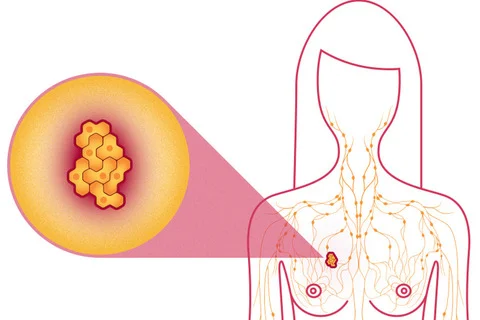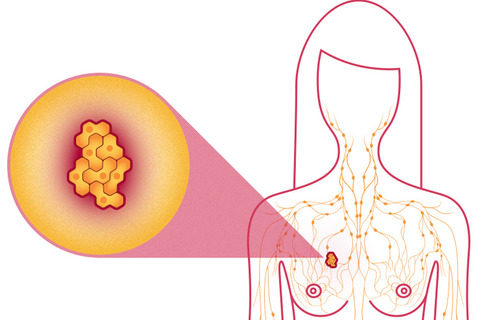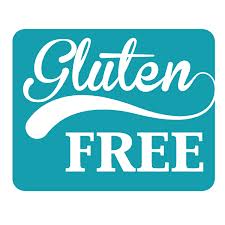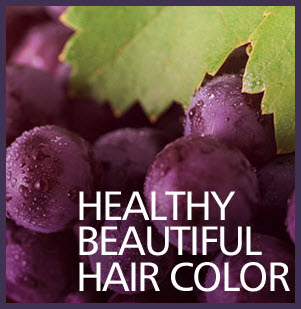It's that time of year - to SPRING FORWARD!
Spring is a time of change, a time to detox, and a time for......GREEN!
Liver Season
Bitter greens are a foundation food to bring into the spring diet. Bitters contain compounds that help the liver with its multitude of functions.
About the liver: It is the second largest organ in the human body and performs over 500 different jobs! We breathe, ingest, and absorb toxic compounds daily. In addition, our bodies produce poisonous compounds during normal biochemical reactions. It is the liver who is responsible for filtering the blood to remove these toxins and excess hormones. The liver is responsible for changing the chemical structure of those toxins to make them water soluble so that they can be excreted in the urine. LOVE your liver, please!
Hidden in your fat?
Many of the most threatening and dangerous toxins are fat soluble. Unless these compounds are detoxified they are more likely to lodge in your cells and remain there causing damage. This is why a diet high in potential pesticides and toxins dramatically increases your intake of toxic compounds. (Organic and sustainably raised animal products have less toxic compounds and should be taken seriously). By supporting your liver with certain foods, you can detoxify and dramatically increase your energy and quality of life, energy, and beauty!
Now, what foods support the liver? We are looking for foods that contain nutrients to produce and activate enzymes involved in the various phases of detoxification.
So what are they?
-
Sulfur-containing foods such as onions, garlic, and legumes are a good start.
-
Cabbage family vegetables such as broccoli, Brussels sprouts, kale, and cabbage are very important.
-
Foods high in water-soluble fiber such as pears, apples, and oatmeal are fairly easy to consume on a regular basis.
-
Certain spices even help such as turmeric, cinnamon, and licorice root. Hmmm, you see why we eat a lot of curry!
-
And lastly, greens, glorious greens! All green foods are particularly important in liver health.
Let's look at a few greens......
Dandelion greens, sorrel, baby kale, collard greens, and wild mustard. Others may include arugula, spinach, mizuna, tat soi, and sunflower spouts.
All of these wonderful fresh, raw greens can be blended into a delicious-tasting smoothie! This is also an easy way for you and your children to get a healthy dose of green foods into your daily diet.
Below is the recipe that can be changed everyday depending on what is available. Soon the local fruits from the season will be available and you can change up our the recipe.
The key is - SPRING is a time for CLEANING OUT THE LIVER AND GALLBLADDER. The intake of greens, bitters, and alkalizing agents will be beneficial as your body, mind, and soul transition seasons.
Two Yum-a-licious Spring Green Smoothie Recipes
I use a Vita-Mix for this, but if you have a smaller blender then cut this recipe in half.

















